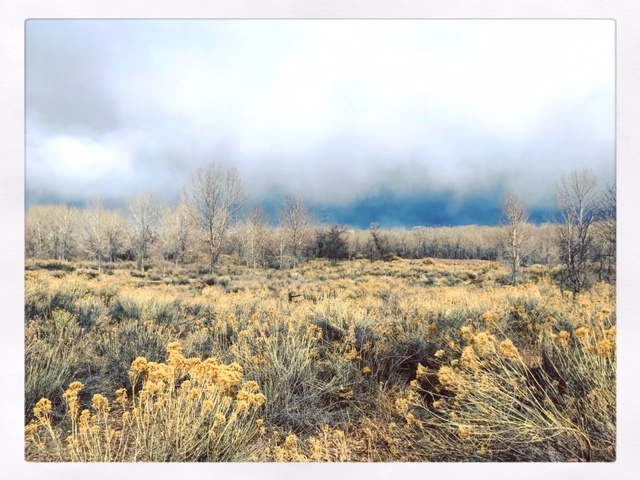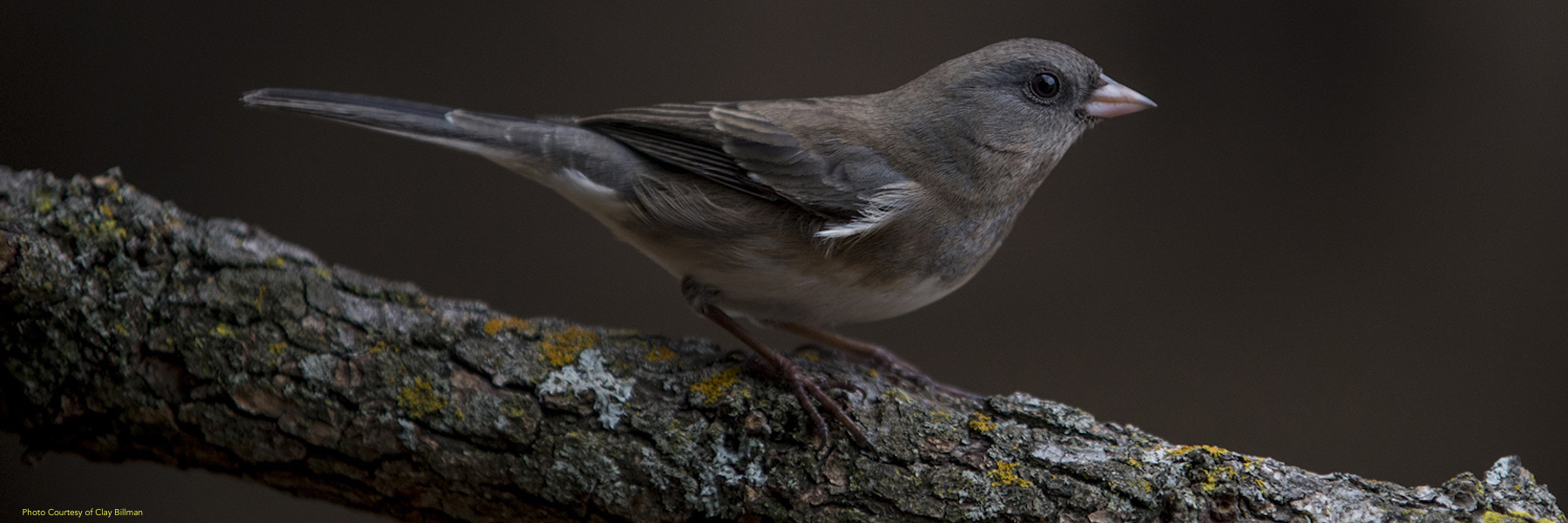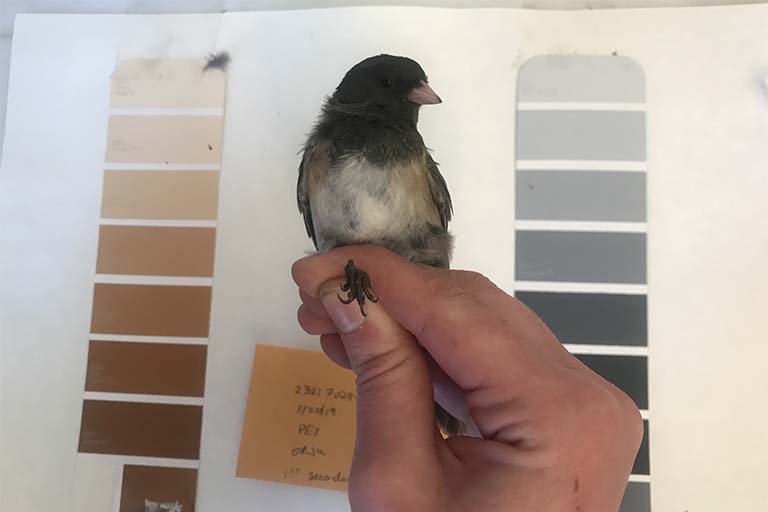Depending on the authority, there are at least 6 major North American junco groups (gray-headed, Oregon, pink-sided, red-backed, slate-colored, and white-winged) with distinct breeding ranges. Our field work in Colorado allows us to catch the five main North American groups that live in seasonal sympatry in the Denver and Peyton areas. Here, we study divergent reproductive traits, including testosterone output, between junco subspecies. We are interested in the processes that underlie divergences in seasonal timing. We ask whether differences in phenology are mediated by the hypothalamic-pituitary-gonadal (HPG) axis, which regulates the seasonal transition into reproductive condition.

Understanding the mechanisms that that underlie changes in seasonal biology is important not only for understanding diversification, but also for predicting how populations will respond to environmental changes.









